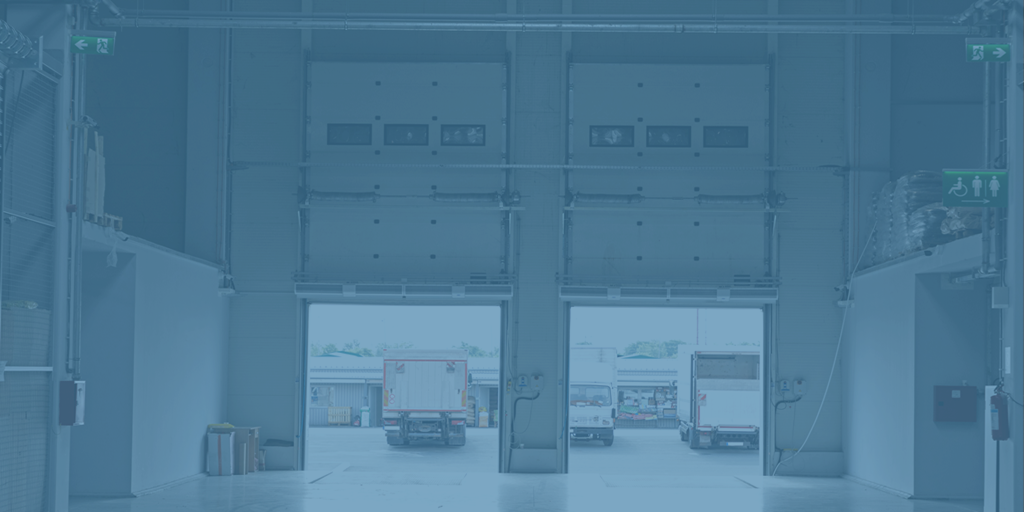Mastering Shipment Tracking: 6 KPIs You Can't Ignore
Shipping plays a crucial role in the buying experience, whether it’s wholesale, retail, or B2B. Many studies show that as high as 85% of buyers would...
3 min read
FreightPOP : Oct 31, 2023

When customers place an order, they expect it to show up on time and be complete. The perfect order, delivered on time, is not some mythical aspiration for shippers; it's the minimum expectation from buyers. Yet, according to research, the perfect order rate in the U.S. is around 90%. While that doesn’t seem too bad, think of the reverse: that means one out of every ten orders is flawed.
A well-run fulfillment and shipping operation can pay dividends when it comes to customer satisfaction. But if 10% of your orders don’t meet customer expectations, you can expect to have customer service issues. More than 80% of consumers said the ease of tracking their shipment, the physical condition of the package received, and the timeliness of delivery options were all essential.
For shippers, striking a balance between cost efficiency and customer satisfaction can be challenging. However, with the right transportation management system (TMS), it's possible to offer top-notch shipping at competitive rates and effectively track shipments.
Here are some key ways shippers can optimize their shipment tracking to improve the customer experience:
Providing customers with real-time shipping information has a major impact on customer satisfaction. Real-time tracking removes the uncertainty of when orders will arrive, reducing calls to support centers and increasing confidence in reliability.
By tracking inbound and outbound orders, you can create a more positive relationship with customers, notifying them proactively for any delays or exceptions. If they do contact you, you can provide them with the latest updates. Real-time tracking also makes it easier to manage exception handling and provide proactive solutions.
You can also streamline your workflow by automating much of the shipping process. Eliminate entering data into multiple systems or handwriting instructions — both of which can increase error rates. By keeping all of your documents and details in a single system, you can automate steps in the workflow, such as printing labels, invoices, and BOLS, and ensuring shipments follow business rules.
You can also leverage auto dispatching to streamline the process further to find cheaper solutions that still meet delivery deadlines for domestic and multi-stop international shipments. Auto dispatching can save you up to 30% and five minutes per every shipment with cost-efficient routing.
This balancing act requires you to find high-quality shippers at affordable rates. The best TMS solutions will allow you to compare rates for shipments using your negotiated rates and spot rates to find the best solution. TMS solutions like FreightPOP even offer their own negotiated partner rates with carriers in addition to allowing users to enter their own carrier rates, which may provide additional savings by giving the user to go with whichever is lower. This helps you meet customer expectations and reduce your overall shipment costs.
Can Rate Hacking Save You $$$ on Carrier Fees?
Things happen. Shipments get damaged. Items are lost. The wrong rates are charged. For high-volume shippers, tracking exceptions and invoice discrepancies can be challenging. Hidden in the details are significant cost savings — often as high as 15% — that can dramatically reduce your shipping costs.
Finding problem areas can also help you assess carrier performance and how it impacts customer satisfaction. An automated tracking solution can match POs and invoices to ensure you are getting appropriately billed and help ensure you’re getting the best rates for your shipments.
Any way you look at it, returns are an expensive proposition. It adds up fast when you factor in shipping fees, handling and labor, restocking and repacking, and disposal of damaged goods. The average cost for a single return is about 66% of the original item’s price.
While many returns are unavoidable, returns due to wrong items sent or damage during shipping are preventable. An automated system, integrated with your business systems and platforms, can help streamline the returns process to reduce costs and make it easier for customers.
Monitoring shipment tracking in real-time and comparing historical performance data can help you uncover trends that impact both efficiency and customer experience. With the right logistics software in place, you can get the answers to questions such as:
By monitoring developing trends, you can adjust your shipping strategy to improve performance, uncover the root causes of problems, and reduce costs. By comparing current data with historical baselines, you can track the impact of changes you make and flag any anomalies that require remediation.
You need to know your numbers to balance cost efficiency and customer satisfaction. Our new ebook, The ROI of Freight Tracking: An In-depth Analysis of Cost Efficiency and Customer Satisfaction, explains the methods for calculating ROI so you can evaluate your shipping to optimize customer satisfaction while reducing costs.

Shipping plays a crucial role in the buying experience, whether it’s wholesale, retail, or B2B. Many studies show that as high as 85% of buyers would...
.png)
In the fast-paced world of logistics and supply chain management, efficiency, cost-effectiveness, and seamless operations are not just goals but...
.png)
In the fast-paced world of eCommerce, shipping issues can make or break customer satisfaction. According to a recent "Future of Shipping Report" by...